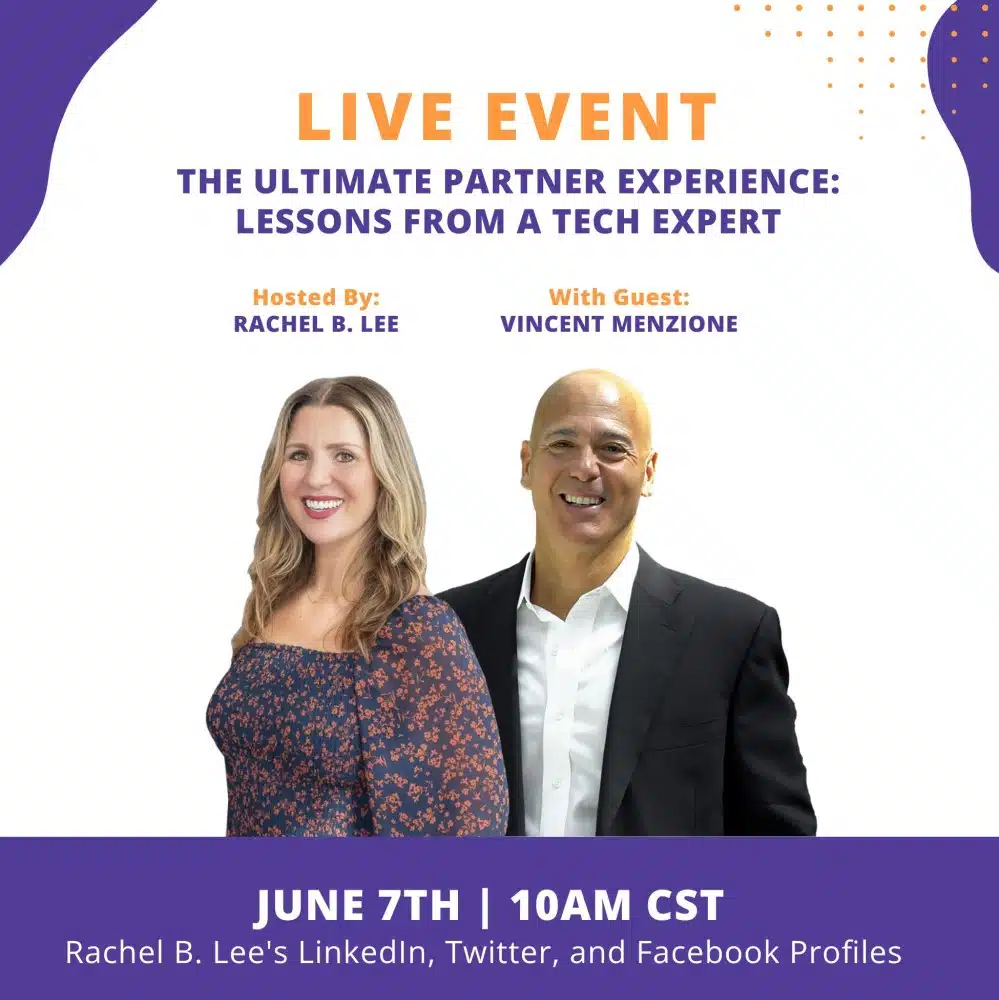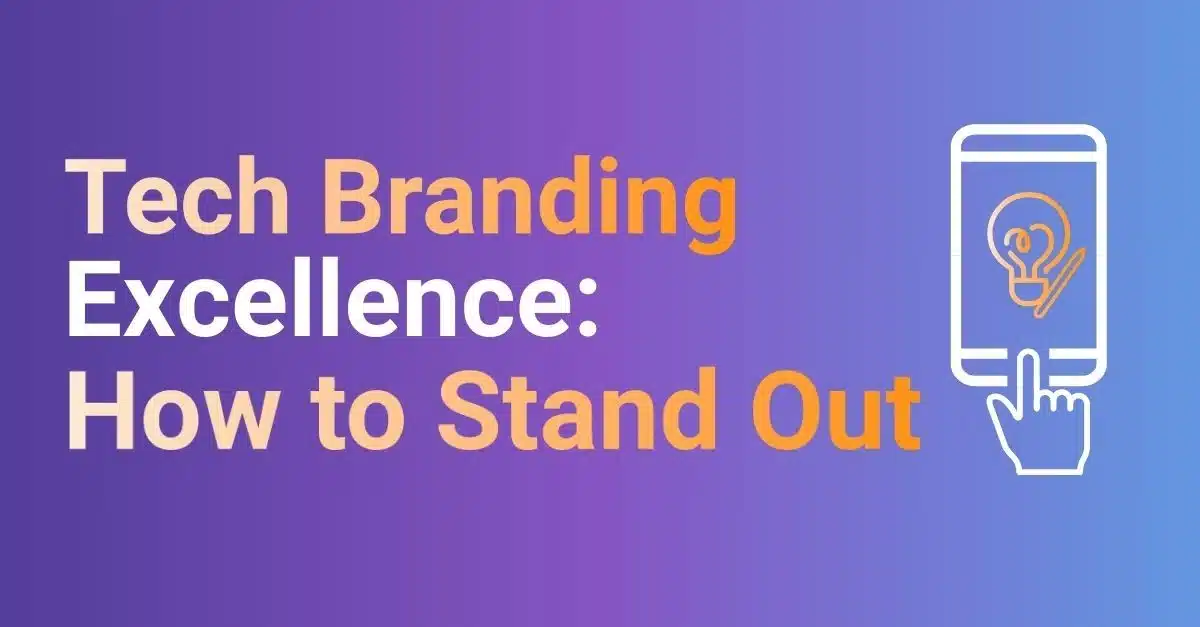
Effective branding goes beyond logos and visual identity—it’s the DNA of a company’s mission and vision and builds the foundation for the company’s market perception and growth.
According to Microsoft’s report on Brand Leadership in the Digital Age,
“Brands matter because they matter to people. And people have always been at the heart of our purpose. Brands are about trust. They help people feel good, confident and even connected to something bigger.
I’m proud to be a former Microsoftee where I got to learn all about branding from the absolute best, including Bo Smith. In 2018, I led the brand repositioning strategy for the Microsoft Partner Network with Bo. We conducted quantitative analysis with 100s of partners around the globe to get a pulse on their perceptions of working with Microsoft, and conducted qualitative interviews with partners in New York, San Francisco, Bangalore and London.

My Microsoftee Days when I led the brand repositioning of the Microsoft Partner Network and landed on this key message: ‘Partners make more possible’
After months of research and LISTENING to our customer, we created a new brand book with key messaging and narratives that we could use internally and externally with partners. It was a massive undertaking and why I’m called a Branding Ladyboss today 😉
Whether your company is big or small, you need to have a brand strategy in place. It’s the ONLY way in an AI first world people will understand who you are, what you do and why you do it. In today’s newsletter, we’re going to dive into branding but Hint Hint, your brand strategy end goal is NOT to make you money. That’s a result. The brand is about your customers!
Why Branding is Your Tech Company’s Best Asset
I always say that branding is the heartbeat of every business. Without it, a business is just an empty shell, navigating in the dark, hoping customers come to you. As Albert Thompson so aptly put it, a brand is like the frame for a picture. A brand without a strong foundation and clear identity can be lost and unrecognizable. So, a business’s frame gives it shape, stability, and context, allowing it to communicate effectively and differentiate itself from the competition.
In the B2B tech space, your brand is critical to establish trust and authority in a highly competitive and fast-moving market. Strong branding not only builds awareness and positions a company as a credible leader but also elevates customer loyalty and lifetime value which is critical in a transactional business.
According to Les Binet and Peter Field, from LinkedIn B2B institute, your content messaging should work on an emotional level because it’s far more effective at giving your company long-term growth.
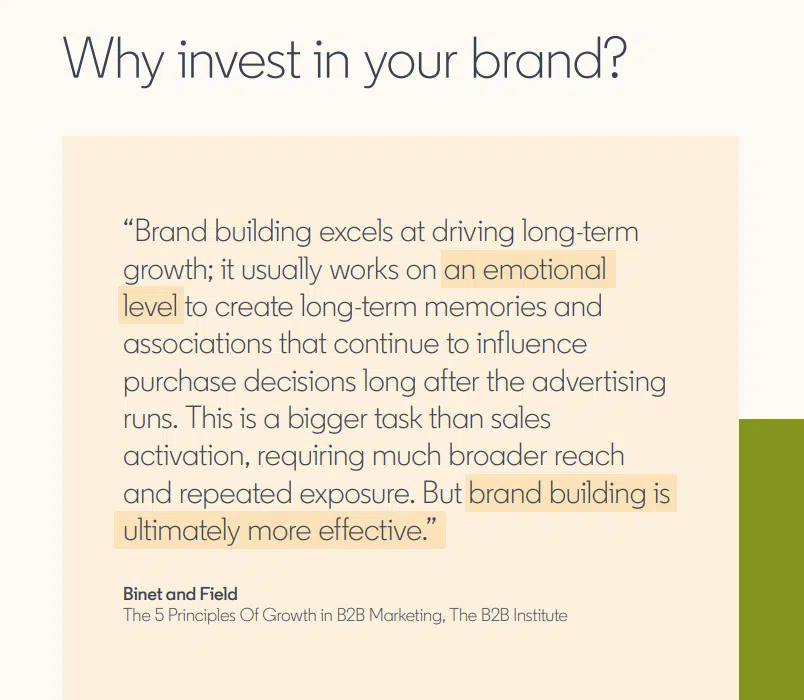
Sourced by and credited to LinkedIn Business Marketing Solutions Case Study
People are already seeking answers to their problems, not just solutions. By tapping into the emotions that drive their needs, you can make your brand more relatable, memorable, and ultimately, more desirable. This connection can help your prospects not only perceive your company as a trusted ally, but also increase the likelihood of them choosing your offering over others.
The Marketers Debate: Brand vs Demand
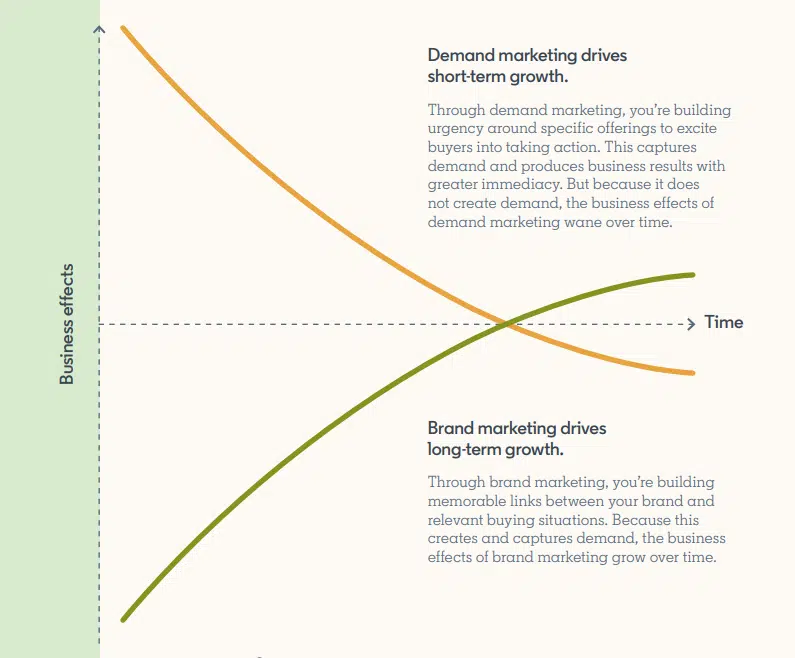
Sourced by and credited to LinkedIn Business Marketing Solutions Case Study
Particularly in the B2B tech space, you’re likely familiar with the debate between demand generation and brand marketing. According to Peter Field and Les Binet, demand gen is all about driving short-term growth by creating a sense of urgency and solving immediate problems, whereas brand marketing is about building a long-term relationship with your audience and driving loyalty. But here’s the thing: as a tech company, you’re not just building products, you’re building a future. And that future requires a strong foundation of trust and credibility.
By focusing on brand building activities like thought leadership content, case studies, and social media, you can establish yourself as a trusted authority in your industry, even if you’re not always the cheapest or most feature-rich option. And when that trust is built, you’ll be set up for long-term growth, not just short-term growth. So, rather than chasing quick fixes and sleazy sales, invest in building your brand, and watch your business stand out!
Understanding the Pillars of Effective Branding
Any business can go into the rabbit hole of branding; but not everyone nails a solid brand identity. Here are 3 pillars of effective branding to help you understand why companies, especially those in the tech sector, can benefit to establishing a solid, consistent, brand identity first and foremost:
🟣 Awareness: Is your brand recognized by potential customers?
Effective awareness strategies ensure that your target audience is familiar with your brand and understands what you stand for.
🟣 Equity: Does your brand hold significant value in the eyes of your customers?
Brand equity is reflected in how much your customers trust your products and choose them over competitors.
🟣 Sentiment: What emotions do customers feel towards your brand?
Positive sentiments can transform casual customers into loyal advocates. Conversely bad press can completely ruin your reputation and plummet sales.
How to Stand Out: 5 Steps to Building a Stellar Branding Strategy
Now that you know about the basics, we can dive into how you can craft your tech brand’s winning formula:
1. Define your Mission Statement
A brand’s mission is its reason for existence and directs all company activities while appealing to consumers with aligned goals. Take Google, for example.
Their mission, “To organize the world’s information and make it universally accessible and useful,” explains their core operations—from search engines to cloud storage.
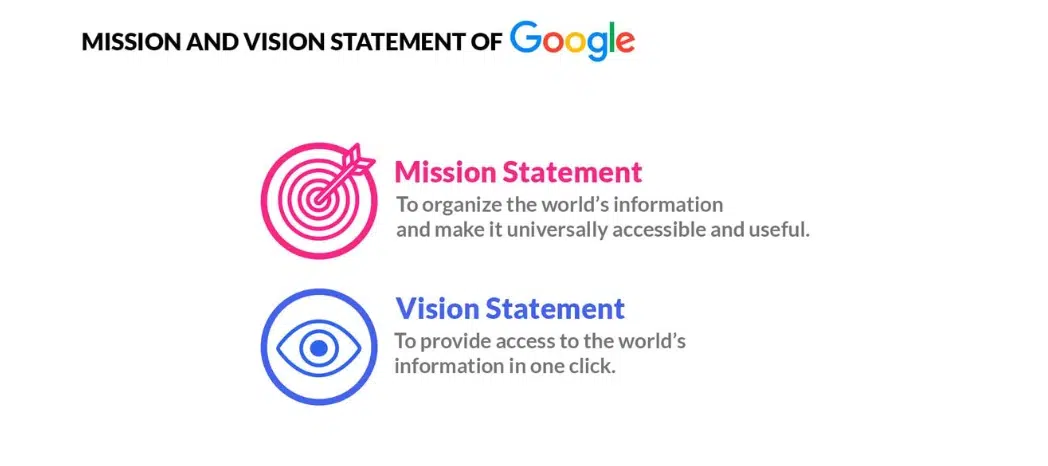
Google Mission and Vision Statement
This statement is pivotal in their branding, resonating in their advertising and user interactions. It draws customers who value accessible, comprehensive information management solutions.
2. Develop Your Value Proposition
Clearly articulate what sets your brand apart. This is your unique selling point that highlights why customers should choose your products or services. While I was at Microsoft, I spent nearly two years thinking about why businesses should partner with the Microsoft Partner Network. It was my job to change negative perceptions of a 20-year-old ecosystem and help business owners believe that Microsoft cares and is easy to do business with.
Taking Microsoft as an example, they’ve set their brand apart by “by delivering experiences that feel human, connected and intelligent.”—and we can all see this by how their offer suite of Microsoft 365 is easy to use, yet always evolving. Usually, Microsoft products are intuitive enough that we don’t need detailed tutorials to use them effectively, yet they’re sophisticated enough to handle our tasks—and then some.
💡 To put it as simply as possible, a value proposition looks like this:
(You or your company name) is
For (target customers)
Who are dissatisfied with (the current alternative and main customer pain point)
Your service or product does (describe what you do)
That provides (key problem-solving capabilities, differentiators, and reasons to believe to help customer painpoints)
Unlike (the product alternative, competition).
This is a framework to help get your thoughts on paper. From here, you can build your narrative, key messaging points and content strategy. The major thing to think about is this:
What can you credibly say that differentiates you from your competitors?
3. Get Clear on Your Audiences
Effective branding speaks directly to its intended audience. Understand the needs, challenges, and aspirations of your market segments to make your brand relatable and targeted. As a tech company, are you targeting businesses, regular consumers, or both? Which business decision makers are you selling into? Microsoft has a unique way of answering who their overarching target audience is through their mindset:
“We focus on a mindset as opposed to a demographic. The people we serve are people of action; those who are compelled to set ideas in motion. They’re restless innovators who are wired to share and excited for the journey. They use technology anywhere and everywhere. Our brand promise… is to empower people to achieve more. Because we believe in what people can make possible. Achievement takes many forms – from the exceptional to the everyday, from bold goals to the ongoing journey.”
I think this is such a powerful way to determine their target audience, they’re able to tap into businesses and regular consumers alike, without trying too hard to be everything for everyone. You’ll have to take an overarching statement like this and then dig deeper into specific personas you want to target so that you can really nail down messaging and go to market strategies.
4. Develop a Visual Identity
A visual identity is more than just a logo or color scheme; it’s a cohesive representation of your brand’s values, tone, and personality. Think about your favorite brands – what stands out in your mind? A logo, storefront, color, or memorable ad campaign? That’s the power of a well-crafted visual identity.
For example, consider the iconic visual identity of the brand, The Coca-Cola Company. The classic contour bottle design has been a staple of the brand for over 100 years, evoking feelings of nostalgia and warmth. Similarly, the brand’s use of bold red and white colors has become synonymous with the brand’s energetic and approachable personality. By consistently applying these visual elements across all marketing channels, Coca-Cola has created a brand identity that is instantly recognizable and deeply ingrained in consumers’ minds.
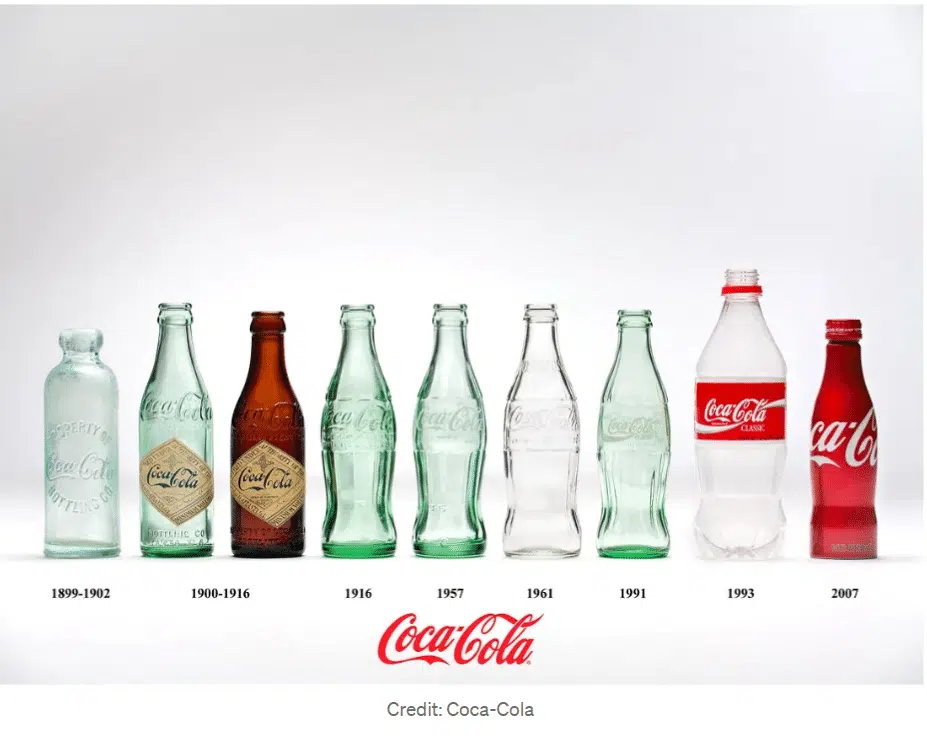
Photo Credit: Coca-Cola
To develop a visual identity that resonates with your audience, consider the following key elements:
- Logo: A simple, yet distinctive representation of your brand’s name or initials.
- Color palette: A selection of colors that reflect your brand’s personality, values, and tone.
- Typography: A consistent font or fonts that convey your brand’s message and style.
- Imagery: A visually appealing style of photography, illustration, or design that reflects your brand’s aesthetic.
By investing in a well-crafted visual identity, you’ll be able to establish a strong connection with your audience, differentiate your brand from the competition, and increase your chances of driving revenue and customer loyalty.
5. Tell Your Brand Story & Be Authentic
Brand storytelling is how we connect emotionally to our customers, and it’s super critical in the tech space that can feel bland, complicated, and inhuman. Well-crafted stories will help you build a personal connection with your audience.
One of the things that worked well when I was at Microsoft was the Microsoft Partner Network podcast that I got to host. Podcasts are a great way to tell stories of your customers and build a connection to your audience through real human voices. Shout to Anthony Williams , Rachel Gupta, Katie Grainger, and Kevin O’Leary from back in the day for making this so fun and impactful! And Geoffrey Colon for always being an amazing thought leader and guest.

2017 in the Microsoft recording studio when I was Host of the Microsoft Podcast Network. Major thanks goes to my former amazing social team and author Geoff Colon for contributing.
We may not be a tech company, but I particularly love how Joshua B. Lee and I do it for StandOut Authority. We’re always telling stories about why we believe in what we do and how we got to where we are. No matter who’s watching or reading our content—it’s still a human being on the other side of that device…and when they feel connected to us, they want to work with us.
Ensure your branding is consistent inside and out. Authenticity fosters trust and strengthens customer relationships, making your brand more appealing and reliable. This might be an unpopular opinion, but people can tell if you’re fake or not…and people will always buy from brands they trust.

We may not be a tech company, but I particularly love how
Putting it Into Practice: Real World Examples
Apple
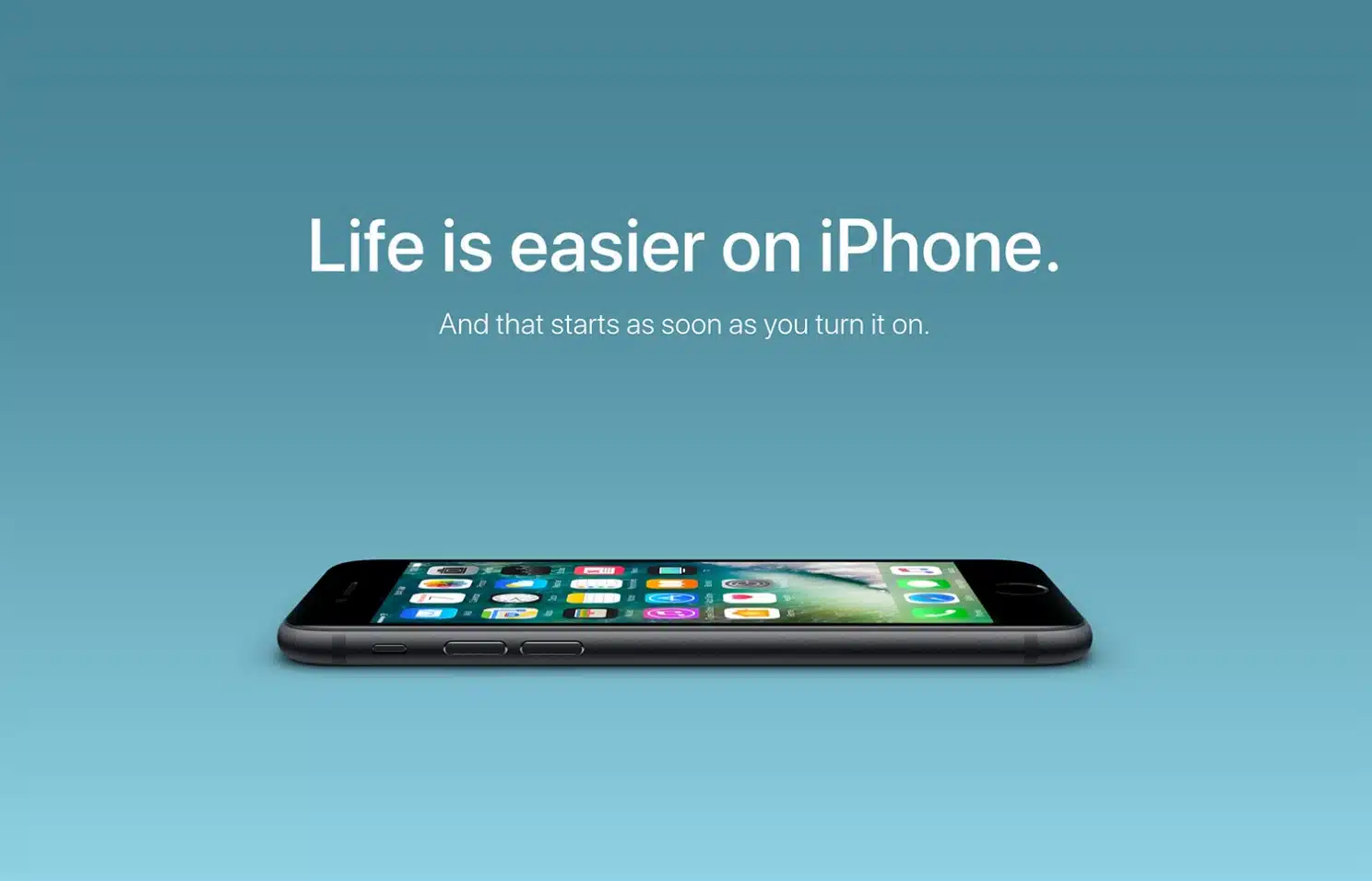
Photo Credit: Apple
Apple excels in creating products that are not only innovative but also deeply integrated into the lives of their users, promoting a lifestyle of creativity and efficiency. Their branding strategy centers on simplicity, creativity, and innovation, making each product release highly anticipated and effortless.
Truth—there are a lot of gadgets that are probably much better than the iPhone, but through consistent, minimalist, A+ branding—people line up at their next Apple Store whenever a new model comes out.
Poor battery life after 6 months? Screens cracked after 1 massive fall? No one cares! They stay loyal to the brand through and through.
Canva
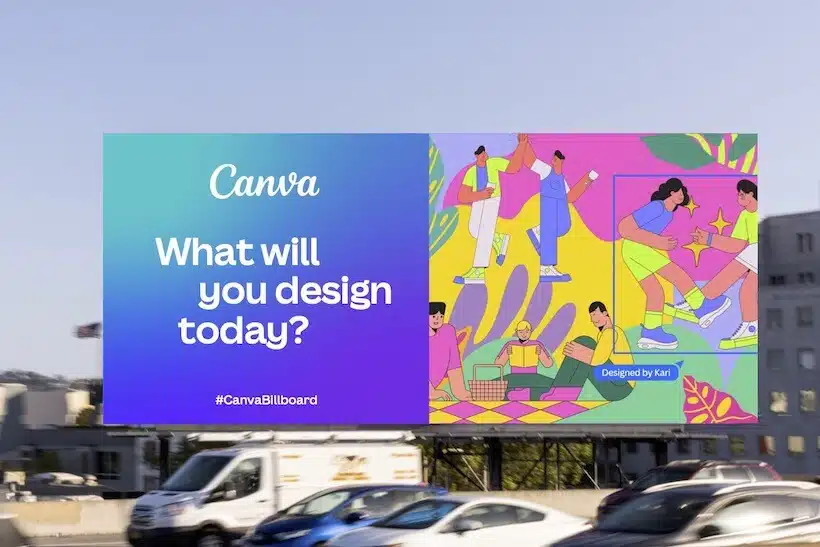
Canva Billboard Ad. Photo Credit: Canva
Canva has transformed the realm of design with its user-friendly platform, democratizing design for non-professionals and professionals alike. Their branding focuses on accessibility, simplicity, and empowerment, enabling users to create sophisticated designs with minimal effort.
Founded by Melanie Perkins, they made design accessible to beginners and leveraged community and providing value through their social media presence. And it paid off: Canva has a valuation of $26 billion as of 2024. Yes, you read it right. This is proof that when you talk about your tech in terms that everyone gets (aka you nail your messaging and it resonates with the right audience), you’re more likely to catch the right eyes.
In conclusion
A cohesive branding strategy is more than a marketing tool; it’s a fundamental aspect of your business to differentiate you and build long lifetime value with your customers.
So, are you ready to elevate your tech brand to new heights? Let’s discuss how you can implement these strategies effectively in the comments!
📢 Did you catch my LinkedIn LIVE with Vince Menzione?
Rachel B Lee LIVE with Vincent Menzione
Vincent is the Founder and CEO of Ultimate Partner! 💜 We had an insightful chat about the tech industry and explored the challenges and opportunities ahead, including the importance of having a partner-first mentality.
You won’t want to miss this! Whether you’re looking for insights on building trust with partners, achieving internal clarity and alignment, or even learning more about the future of AI and its potential to revolutionize business, we’ve got you covered in this LinkedIn LIVE!
